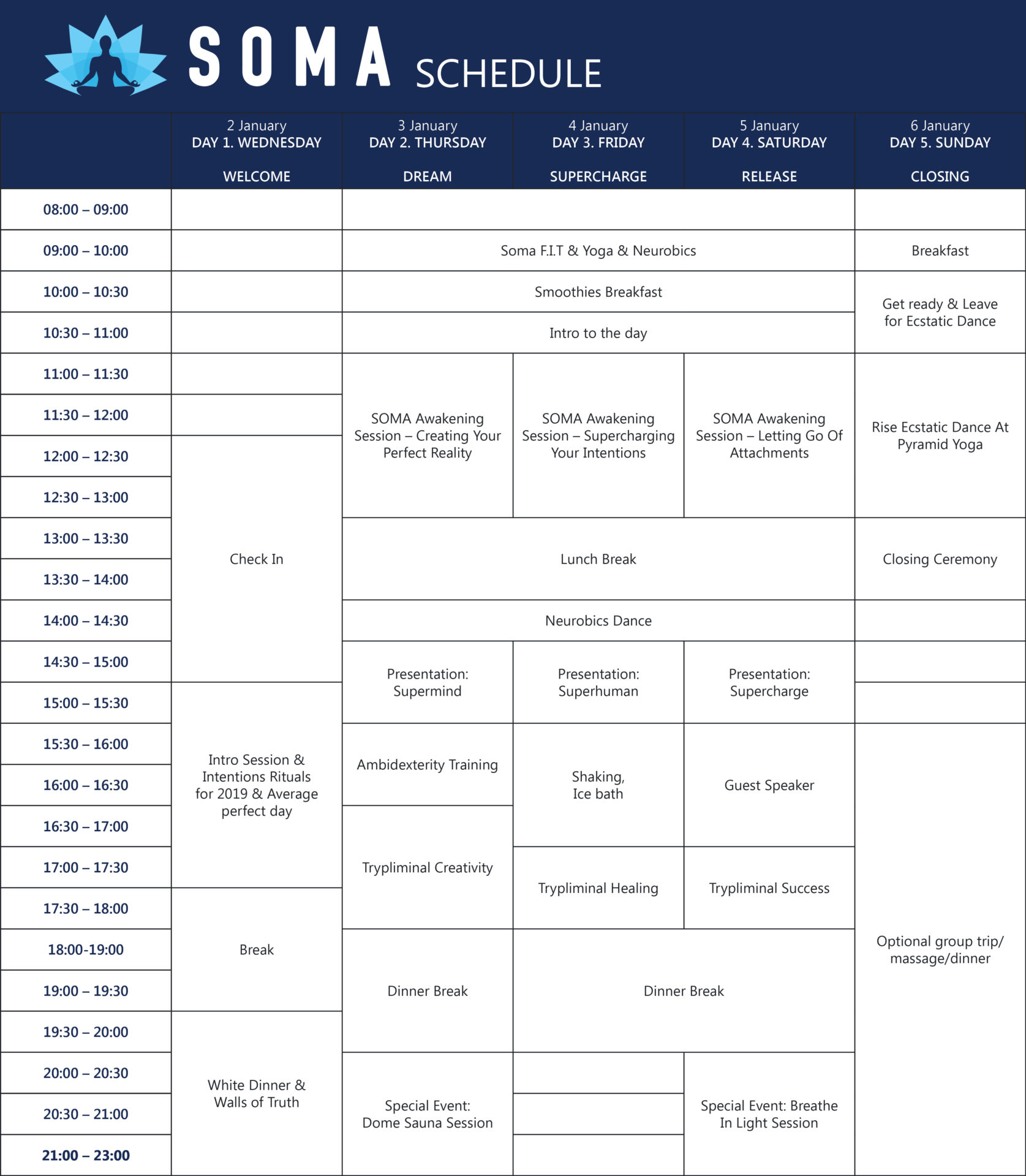In this article you will discover:
Since I healed myself from chronic autoimmune condition in 2011 I have been on a quest to scientifically confirm the health boosting power of our special pranayama breathing techniques that creates a physiological state called ‘intermittent hypoxia’. We teach this exact method inside our SOMA courses.
After discovering the work of SOMA advisor Dr Prakash Malshe I gained a deep insight and possible explanation for how I managed to heal myself. Dr Malshe wrote a paper on his theory of how a certain type of pranayama breathing practice, the same as what I used to heal myself from autoimmune, could lead to remarkable health benefits by producing brief period of low oxygen levels. His hypothesis is based on the current research and understanding of how cells work in hypoxic conditions.
Now just this week the prestigious Nobel Prize was just awarded to three scientists for discovering exactly how the body responds to changes in oxygen levels, one of the most essential processes for life. This latest discovery backs up Dr Prakash Malshe own hypothesis.
The Guardian newspaper reports:
Beyond describing a fundamental physiological process that enables animals to thrive in some of the highest regions on Earth, the mechanism has given researchers new routes to treatments for anaemia, cancer, heart disease and other conditions.
In work that spanned more than two decades, the researchers teased apart different aspects of how cells in the body first sense and then respond to low oxygen levels. The crucial gas is used by tiny structures called mitochondria found in nearly all animal cells to convert food into useful energy.
The scientists’ showed that when oxygen is in short supply, a protein complex that Semenza called hypoxia-inducible factor, or HIF, builds up in nearly all the cells in the body. The rise in HIF has a number of effects, but most notably ramps up the activity of a gene used to produce erythropoietin (EPO), a hormone that in turn boosts the creation of oxygen-carrying red blood cells.
Randall Johnson, professor of molecular physiology and pathology at Cambridge University, said this year’s Nobel laureates “have greatly expanded our knowledge of how physiological response makes life possible.”
The role of HIF is crucial from the earliest days of life, he added. “If an embryo doesn’t have the HIF gene it won’t survive past very early embryogenesis. Even in the womb our bodies need this gene to do everything they do.”
The work has led to a number of drugs, such as roxadustat and daprodustat, which treat anaemia by fooling the body into thinking it is at high altitude, making it churn out more red blood cells. Roxadustat is already on the market in China but are still being assessed by European regulators.
Venki Ramakrishnan, president of the Royal Society, said the prize was “richly deserved” by all three winners. ““Oxygen is the vital ingredient for the survival of every cell in our bodies. Too little – or too much – can spell disaster. Understanding how evolution has equipped cells to detect and respond to fluctuating oxygen levels helps answer fundamental questions about how animal life emerged.”
This is compelling evidence that modern science is again catching up with ancient wisdom, proving to the left brain scientists what yogis knew thousands of years ago.
Discover the benefits of pranayama and breathwork that creates beneficial intermittent hypoxia now backed by science inside SOMA Breath.
We combine the power of meditation, breathwork and sound/music therapy in a fun and easy way that has quickly grown into a global community and movement.

